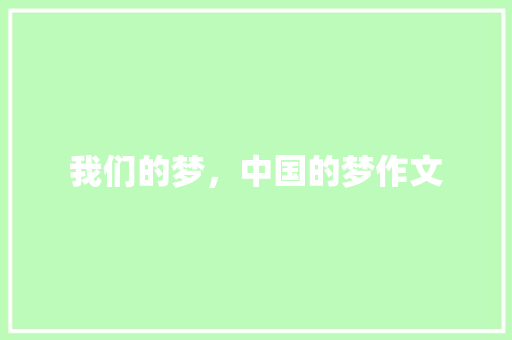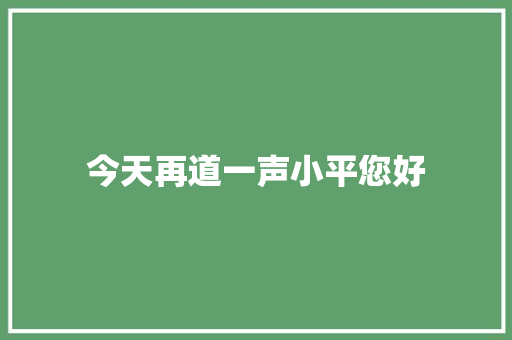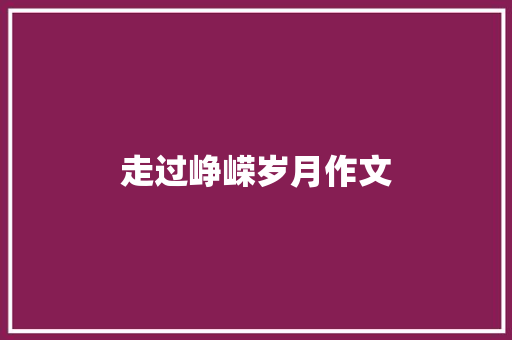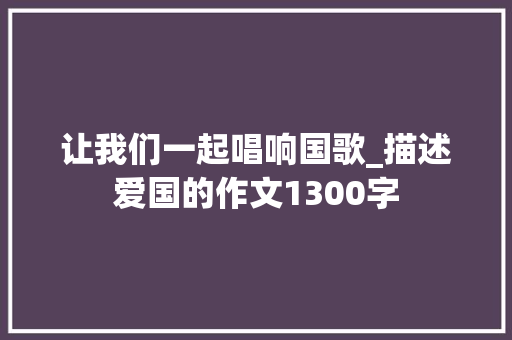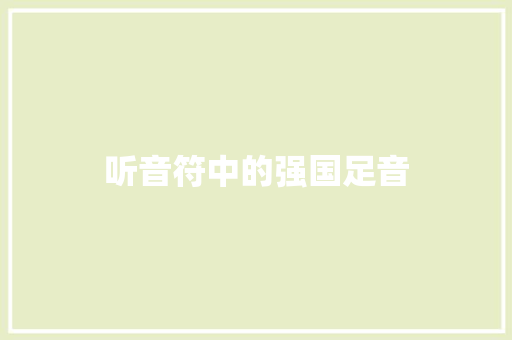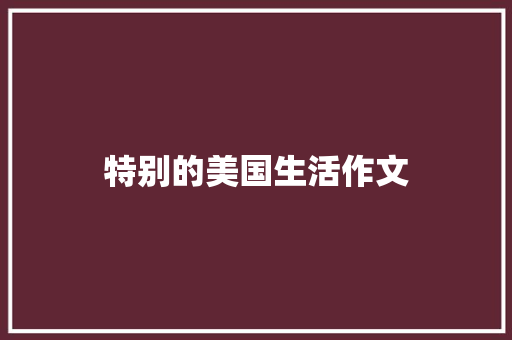那些迫不及待地祝贺拜登胜选的国家都是美国的盟友,这并不令人意外。过去的四年里,特朗普的“美国第一”政策和对北约国家的恶语相向让所有盟友都感到不安,他们当然会热烈拥抱那个说“我们将重返赛场,这次美国不再单打独斗”的人。
据英国《金融时报》宣布,欧盟最近起草了一份操持,呼吁美国捉住这次“千载难逢的机会”,组建新的环球同盟,闭幕特朗普时期的紧张场合排场,欢迎中国带来的“计策寻衅”。
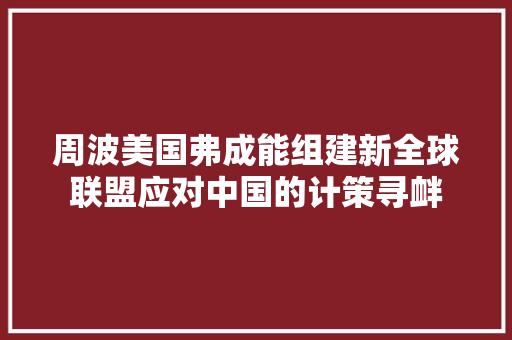
在2015年的第51届慕尼黑安全会议上,拜登与默克尔和波罗申科合影
这可能说来随意马虎做起来难。跨大泰西关系已经遭受的危害,并不是一个可以轻易补充的眇小裂痕。特朗普是罕见的称北大泰西公约组织“过期”的美国总统,但他肯定不是第一个对欧洲长期搭美国“安全保护伞”便车感到焦躁的美国总统。
唯一不同的是,他对盟友不留情面的鞭笞虽然毫无总统风范,但却奏效明显。如今,八个北约国家——比较之下,奥巴马政府任期结束时只有四个——正在实现将其海内生产总值的2%用于国防的目标。像拜登这样被布什称为“年夜大好人”的总统能否做到这一点还有待不雅观察。
某种程度上,跨大泰西关系成功与否取决于美国是否乐意让其盟友搭便车。当苏联的威胁瓦解时,西方的联络开始分解。只管美国和欧洲仍有一些共同目标,但它们的紧迫性和严重性已不可同日而语。当美国紧缩时,欧洲就不再处于优先位置。
盟国缴纳的会费越多,美国就可能越快摆脱任务,退出欧洲。
只有两种环境可以加强以美国为首的同盟。第一种是盟友与美国一起对抗美国的紧张竞争对手中国。但中国是美国险些所有欧洲和亚洲盟友的最大贸易伙伴。在与中国打交道时,布鲁塞尔和华盛顿很难在大泰西两岸的大国之间和欧洲内部达成包涵。
对付华盛顿在印太地区的盟友来说,学学美国,喊喊“航行自由”是一回事,与天下第二大经济体叫板则完备是另一回事。以澳大利亚为例,其出口货色的大约三分之一都驶向中国港口。
第二种环境是中国和俄罗斯结成同盟,引发新冷战。北京和莫斯科越走越近,部分缘故原由是两首都被视为华盛顿的紧张竞争对手。因此,华盛顿对莫斯科的任何压力都只会让俄罗斯更靠近中国,反过来,对北京的压力也会让中国更靠近俄罗斯。
中俄两国不仅每年进行联合练习,近年来还举行了打算机仿照反导练习和联合空上钩谋巡航。
10月份,当被问及莫斯科和北京之间是否有可能建立军事同盟时,普京总统回答说,“我们不须要它,但理论上说,想象一下还是很有可能的”。
以美国为首的同盟的代价更多表示在政治上而非军事上。北约在其官网上流传宣传,北约的紧张目标是促进“民主代价不雅观”,但中国没有表现出寻衅任何西方代价不雅观的意图。
中国已经明确表示不会输出自己的意识形态或发展模式。只管中国已经有了环球影响力,但紧张表示在经济领域。中国公民解放军增加了在外洋的军事活动,但这些活动迄今仅限于人性主义领域。
中国对西方的寻衅不是意识形态上的,而是生理上的:一个“威权”国家怎么可能发展得如此之快,乃至有一天会成为天下上最大的经济体?简短的答案是:由于中国的崛起是从内部产生的。
作为环球化和市场经济的最大受益者,中国没有必要寻衅现行的国际体系。北京只是证明了并不是条条大路都一定通向罗马,选择不同发展模式和代价不雅观的国家还是可以成功。
西方的问题在于它自恋地将二战后的70余年等同于“自由的国际秩序”,并希望这一秩序连续下去。但纵然大多数机构和规则的确是西方在战后设计和建立的,这样的秩序也不存在。
必须指出的是,1945年以来,非洲50多个国家的独立、美苏对抗以及中国崛起等重大事宜,也重塑了国际秩序。中国和俄罗斯在联合国安理会的反对权亦对国际安全至关主要。
所谓的“自由的国际秩序”,充其量也便是苏联解体之后、中国全面崛起之前、西方的影响力呈压倒性上风的大约15年旁边的短暂时期。
如果小国抱团应对重大外部威胁,这完备可以理解。但是如果地球上最强大的国家感到有必要加强同盟,那就让人很困惑了。
美国第15任总统布坎南曾说过:“自华盛顿时代以来,避免同盟纠缠一贯是我们政策的准则,其聪慧无人可驳诘。”看到美国在相反的方向上走了这么远,真可谓莫大的讽刺。
(“中国论坛”许馨匀译自《南华早报》,翻页阅读英文原文)
Why Joe Biden will struggle to rebuild the decaying transatlantic alliance to counter China
The countries which could not wait to congratulate Joe Biden on winning the presidency are America’s allies. This should be no surprise. In the past four years, Donald Trump’s “America first” policy and his alarming words to Nato have unnerved them all. They could only rejoice to embrace a man who said: “We’re going to be back in the game. It’s not America alone.”
According to the Financial Times, the European Union has recently drafted a plan to call on the United States to seize a “once-in-a-generation” opportunity to form a new global alliance, burying the tensions of the Trump era and meeting the “strategic challenge” presented by China.
This is probably easier said than done. The damage done to transatlantic ties is not a hairline crack that can be easily filled. Trump is the rare US president who called the North Atlantic Treaty Organisation “obsolete”, but he is certainly not the first one who fretted that Europe had been getting a free ride on the US security umbrella for too long.
The only difference is that his relentless ally-bashing, however unbecoming of a president, has worked. Now, eight Nato countries – compared to four by the end of the Obama administration – are meeting the target of spending 2 per cent of their gross domestic product on defence. It remains to be seen if a “good man” like Biden, as George W. Bush has called him, could do the same.
To some extent, the success of transatlantic relations rests on America’s willingness to give its allies a free ride. When the Soviet threat collapsed, Western solidarity started to fray. Although America and Europe still share some common goals, they are of a different order of urgency and seriousness. When it comes to American entrenchment, Europe is no longer a priority.
And the more the allies pay their dues, the quicker the US might shake off its responsibilities and withdraw from Europe.
There are only two scenarios in which the US-led alliance could be strengthened. The first involves American allies joining the US in confronting China – America’s primary competitor. But China is the largest trading partner of almost all the US’ European and Asian allies. Brussels and Washington can hardly bury the hatchet both between the transatlantic powers and within the European bloc when it comes to dealing with China.
For Washington’s allies in the Indo-Pacific, it is one thing to sing the American chant of “freedom of navigation”; it is quite another to take on the world’s second-largest economy. Take Australia, for instance. About a third of its total exports are destined for Chinese shores.
In the second scenario, China and Russia forge an alliance, triggering a new cold war. Beijing and Moscow are becoming ever closer, partly because both have been cast as Washington’s primary competitors. Therefore, any pressure from Washington on Moscow will only drive Russia closer to China, and the same goes for Beijing.
Not only do China and Russia conduct joint exercises on an annual basis, in recent years they have also launched anti-missile war games, and carried out a joint strategic air patrol.
Asked in October whether a military union between Moscow and Beijing was likely, Russian President Vladimir Putin replied that “we don’t need it, but, theoretically, it’s quite possible to imagine it”.
The value of a US-led alliance is more political than military. The primary objective of Nato, as indicated on its website, is to promote “democratic values”. But China has shown no intention to challenge any Western values.
China has made it clear that it won’t export its ideology or development model. Although China already has global influence, it is felt primarily in economic sectors. The People’s Liberation Army has increased its activities overseas, but these activities are so far restricted to humanitarian areas.
The challenge China poses to the West is not ideological; rather, it is psychological: how can an “authoritarian” state develop so quickly, perhaps even becoming the world’s largest economy one day? The short answer is: because China’s rise is from within.
As the largest beneficiary of globalisation and the market economy, China has no need to challenge the current international system. Beijing is only proving that not all roads necessarily lead to Rome, and that those with different development models and values can still succeed.
The problem with the West is that it has narcissistically equated the seven decades after World War II with “the liberal International order” and wants the order to continue. But there is no such order, even if most of the institutions and regimes were indeed designed and built by the West after the war.
It must be noted that major events such as the independence of more than 50 African countries, the rivalry between the United States and the former Soviet Union, and the rise of China, to name just a few, have also reshaped the international order since 1945. China’s and Russia’s veto power on the UN Security Council also matters in no small way to international security.
What appears to be a liberal international order, at best, really lasted 15 years or so: a fleeting period when the influence of the West was overwhelming, right after the dissolution of the Soviet Union and before China’s rise entered full swing.
When small nations hang together against a major external threat, it is perfectly understandable. But if the strongest nation on Earth feels a need to strengthen an alliance, it is rather baffling.
James Buchanan, the 15th American president, once said: “To avoid entangling alliances has been a maxim of our policy ever since the days of Washington, and its wisdom no one will attempt to dispute.” It is ironic to see how far America has gone in the opposite direction.
本文系不雅观察者网独家稿件,文章内容纯属作者个人不雅观点,不代表平台不雅观点,未经授权,不得转载,否则将深究法律任务。关注不雅观察者网微信guanchacn,逐日阅读意见意义文章。


